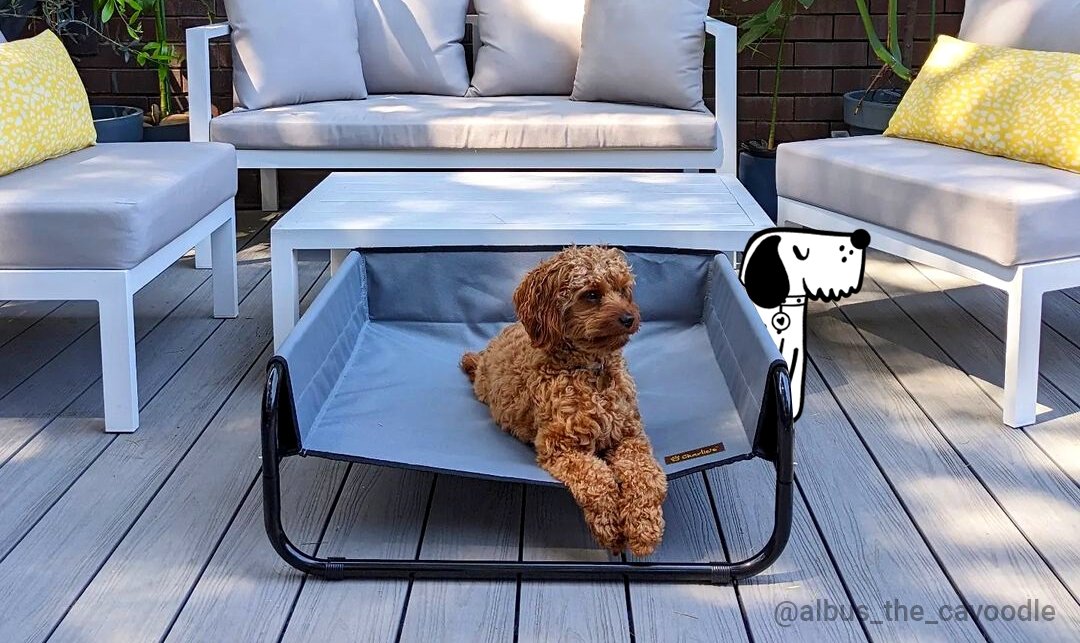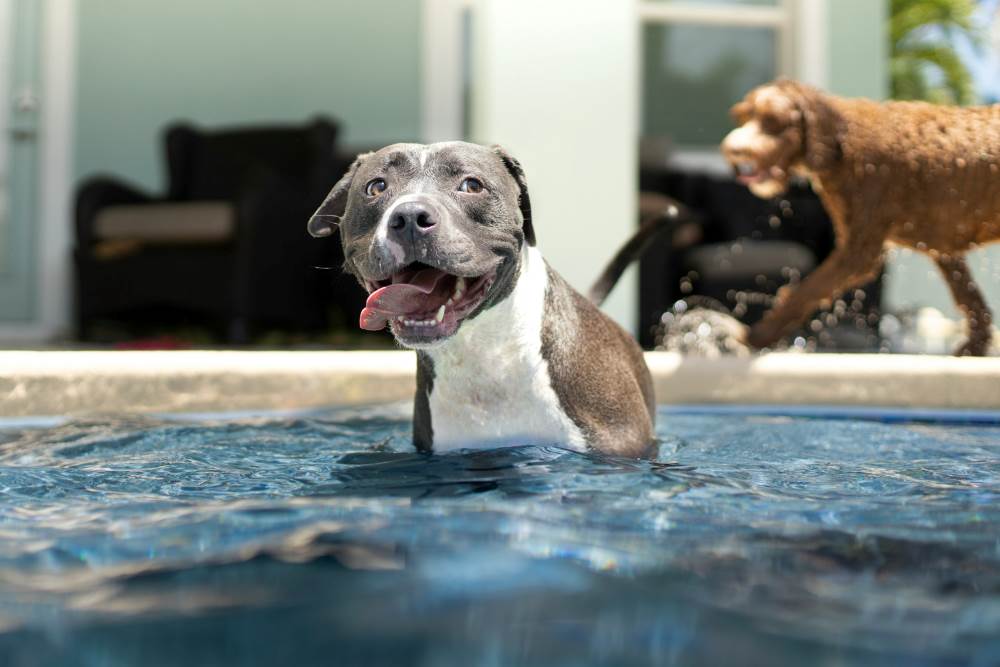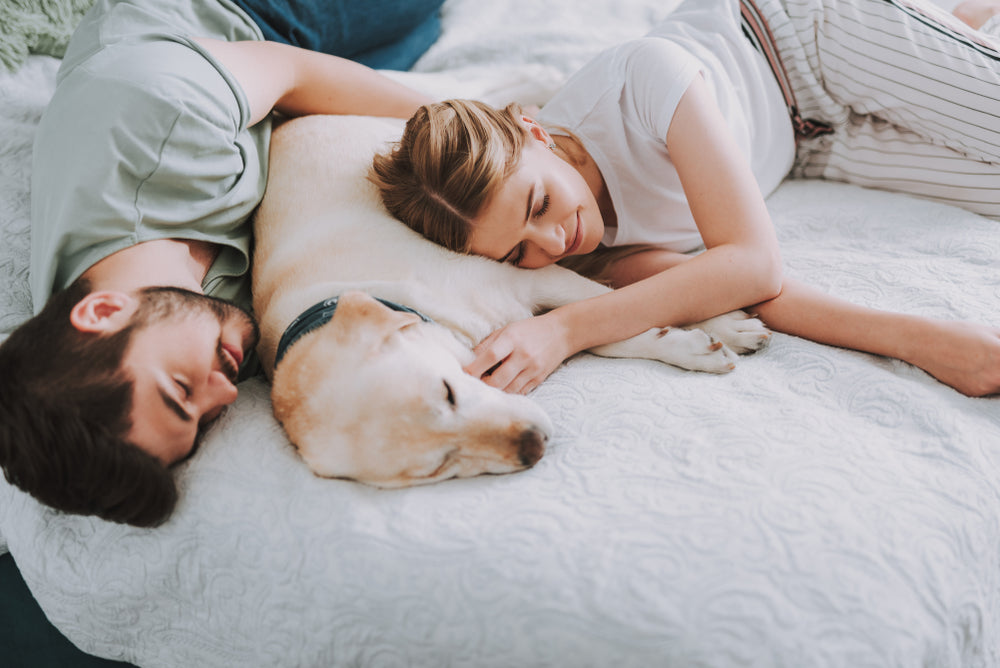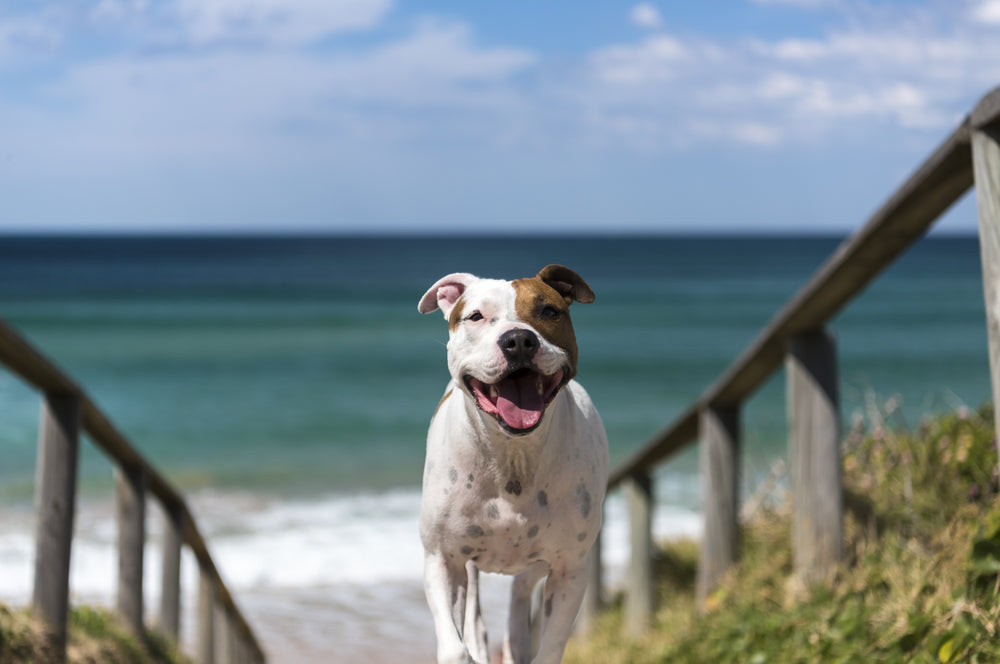When life gets busy, little tasks tend to fall by the wayside, but there's no doubt that you still remember to feed and walk your dog. After all, these things are essential to keep your pet happy and healthy. Well, brushing your dog and looking after their coat is another vital part of maintaining their good health.
Once you understand why brushing is good for your dog, we're sure that you'll find time to sit down and spend some quality time with your furry friend.
The Benefits of Brushing Your Dog
Below, we've highlighted each of the benefits of brushing your dog in detail. Bear in mind that if your dog doesn't love being brushed, you might have to ease into it gradually. Start slow by brushing them for just a few minutes each day. If you follow it up with a small treat, your dog's sure to come around to the idea in no time.
1. You can bond with your dog over the activity
While your dog may not love brushing at first, they'll eventually come around with the advice above. Soon, you'll be able to spend some bonding time together, and routinely brushing your dog can be soothing for you as much as it is for them.
2. You'll help to protect your dog's coat
There are natural oils throughout your dog's coat, which help keep it clean and in good condition. However, dogs groom themselves less often than cats, and they can't reach their back and other areas quite as easily. By brushing your dog, you'll help distribute those natural oils, keeping their coat shiny, healthy, and super-satisfying to stroke.
3. Brushing helps to prevent matted hair
Brushing your dog can also help prevent hair from becoming matted. If left to tangle and knot, your dog's hair can get caught and tug at their skin, which will cause them pain and discomfort. In some cases, if left to get out of control, matted hair can even cause sores. So, regular brushing will help to keep painful knots at bay.
Check out our Charlies Pet brushes to find the perfect brush for your floof.
4. You can look out for fleas or other parasites
Get familiar with your dog's skin through regular brushing, and establish what's normal for their coat. Keep an eye out for any unusual markers, such as fleas or evidence of fleas. Flea scat looks like small, dark flecks in your dog's fur. Also, watch out for any unusual skin lesions or bumps that will need to be checked over by their vet.
5. It helps to reduce shedding
Dogs, especially long-haired breeds, are well-known for spreading their hair around the home. So if you want to reduce the time spent rolling clothes or hoovering, brushing your dog can help. This is particularly true during shedding seasons. Dogs typically shed twice a year, with the heaviest shedding period during warmer months.
6. It keeps your dog comfortable and looking good
Your dog will be most comfortable when brushed regularly. A well-maintained coat will help to keep them warm and free from matting. Moreover, routine brushing will lead to glossier, healthier fur.
How Often Should I Groom My Dog?
If you have a short-haired dog, you can usually get away with brushing them every few weeks. For longer-haired breeds, you should aim to brush your dog at least once per week. However, pay attention to the condition of their coat and be sure to tackle any matting as soon as you spot it.
Now that you're familiar with the benefits of brushing your dog, you can introduce a brushing regime into their care. Soon, you'll notice a happier, healthier pet.












Leave a comment